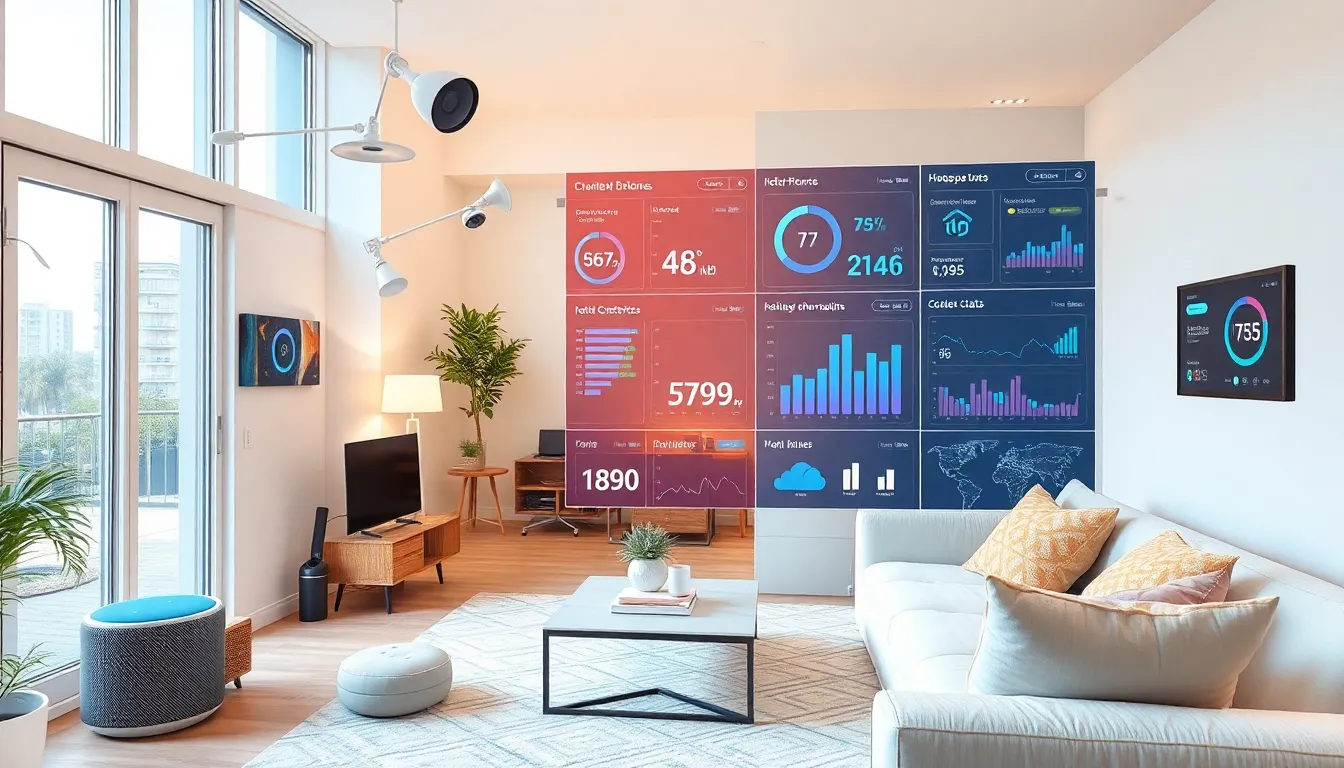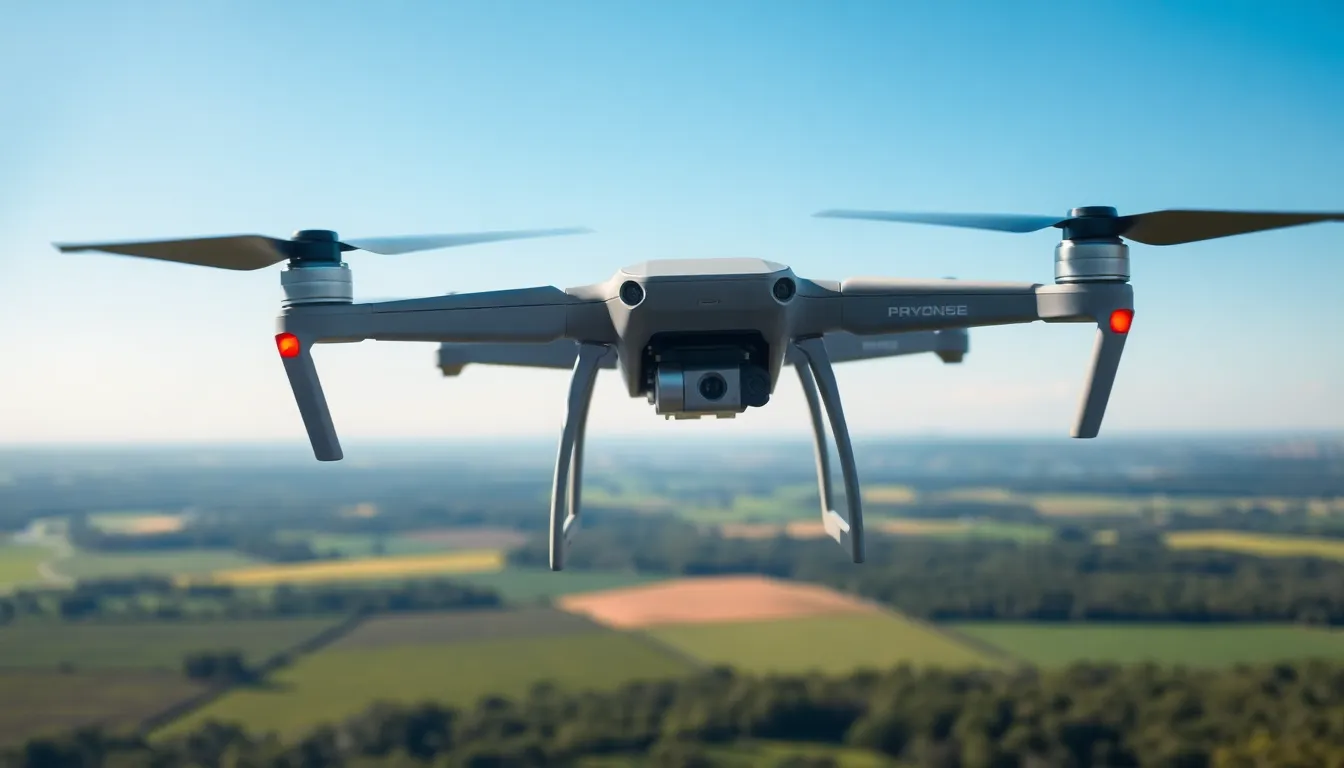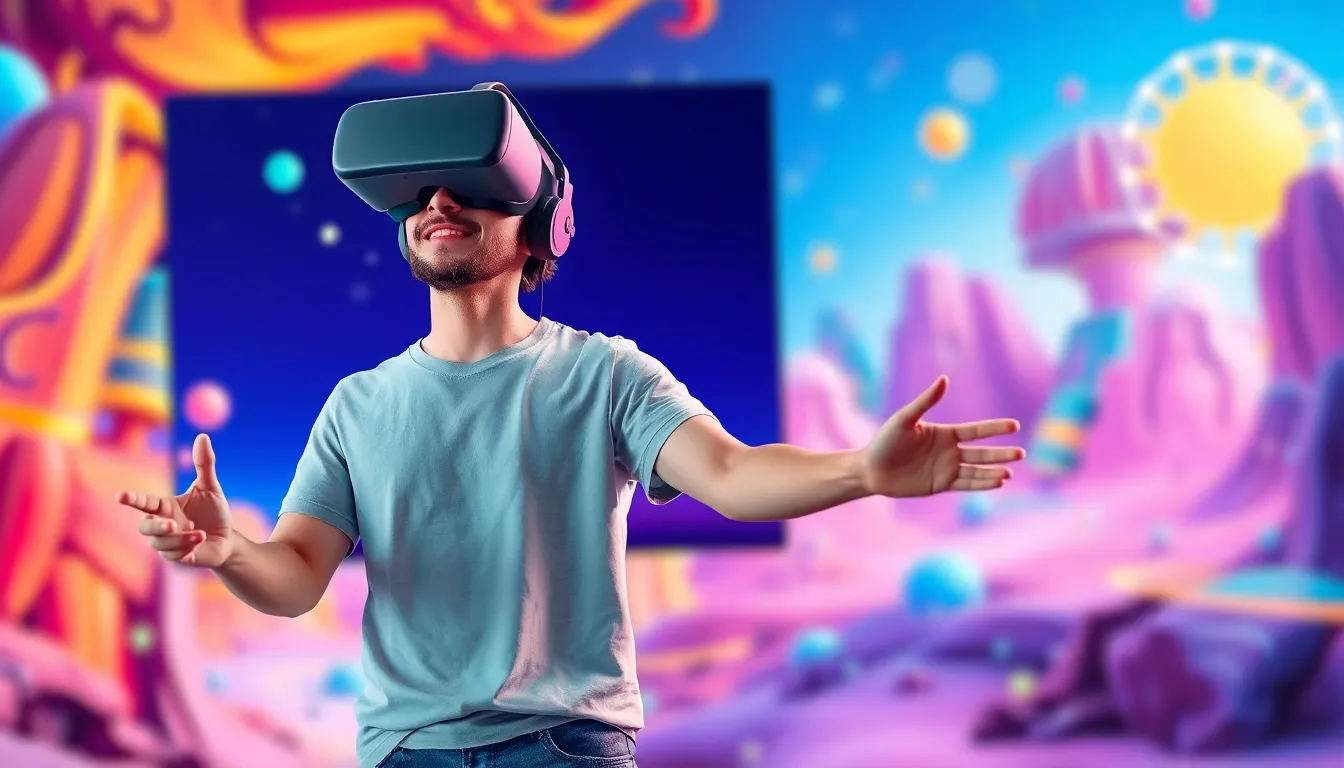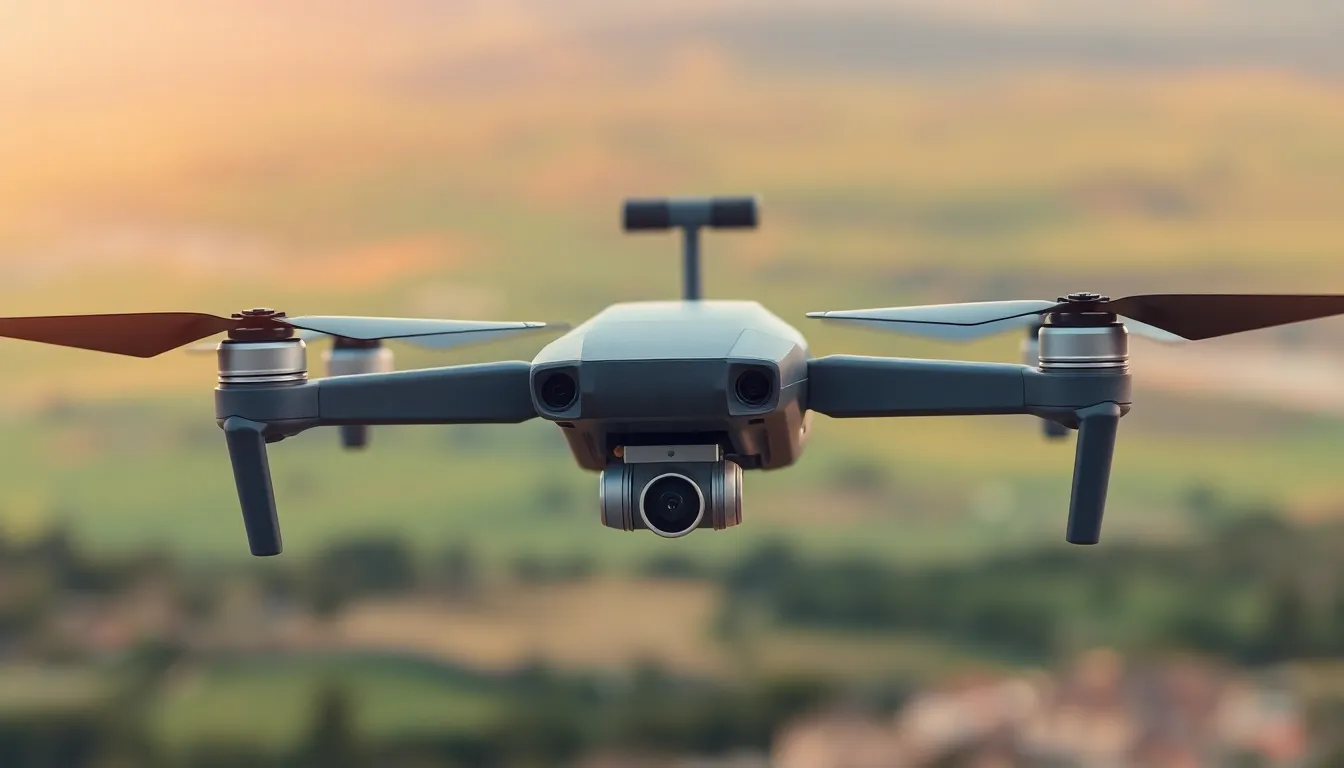In a world where your toaster might soon have more intelligence than your average college student, the fusion of AI and IoT is rewriting the rules of everyday life. Imagine a home that anticipates your needs, from adjusting the thermostat before you even think about it to brewing coffee just as you wake up. Sounds like science fiction? It’s quickly becoming reality.
Table of Contents
ToggleOverview of AI and IoT
The integration of artificial intelligence and the Internet of Things is revolutionizing interactions with technology. It impacts both personal and professional spheres, providing smart solutions tailored to user needs.
Definition of AI
Artificial intelligence refers to the simulation of human intelligence in machines. These systems process information, learn from data, and make decisions autonomously. AI can analyze vast datasets at high speeds, discovering patterns that humans might overlook, leading to improved efficiency and effectiveness in various tasks.
Definition of IoT
The Internet of Things describes a network of interconnected devices capable of communicating and sharing data. These devices, such as smart sensors and appliances, collect data from their environments and transmit it for analysis. IoT enhances automation and improves real-time monitoring, leading to smarter homes, cities, and industries.
The Synergy Between AI and IoT

The integration of AI and IoT creates powerful systems that enhance functionality and efficiency. This combination allows devices to not only collect data but also analyze it in real time.
How AI Enhances IoT
AI algorithms improve IoT systems by enabling advanced data analytics. Devices equipped with AI can learn user patterns and optimize operations accordingly. Each interaction provides insights, allowing devices to adapt for better user experiences. Machine learning models identify anomalies and predict maintenance needs, preventing failures before they occur. Automation benefits from this synergy, leading to smarter responses from devices in various environments.
Benefits of AI-Driven IoT Solutions
AI-driven IoT solutions offer several advantages across different sectors. Enhanced efficiency is evident, as devices autonomously manage tasks, reducing the need for human intervention. Improved decision-making occurs with real-time data analysis, leading to timely insights and actions. Cost reduction results from predictive maintenance and optimized resource utilization. Finally, connected devices equipped with AI bolster security by recognizing potential threats, ensuring systems operate safely and securely.
Applications of AI and IoT
AI and IoT technologies are transforming various sectors, enhancing daily operations and improving quality of life.
Smart Homes
Smart homes utilize AI and IoT to create automated environments. Systems learn user behaviors to optimize energy use and enhance comfort. For example, smart thermostats adjust temperatures based on occupancy and preferences. Voice-activated assistants control lighting, security cameras, and appliances, making daily tasks seamless. Homeowners benefit from real-time monitoring, receiving alerts on security breaches or system failures. Data analytics helps anticipate maintenance needs, preventing costly repairs.
Industrial Automation
Industries leverage AI and IoT for efficient operations and cost reduction. Connected machinery collects data, allowing real-time analysis of performance metrics. Predictive maintenance minimizes downtime by identifying equipment issues before they escalate. AI algorithms streamline production processes, improving throughput and reducing waste. Various sectors, including manufacturing and logistics, implement smart sensors for automation, enhancing operational efficiency. Overall, this integration boosts productivity and drives innovation.
Healthcare Innovations
Healthcare advancements stem from combining AI and IoT technologies. Wearable devices track patient data, enabling continuous monitoring of vital signs. AI analyzes this information to identify potential health issues quickly. Hospitals implement smart systems to manage patient flow, optimizing resource allocation and minimizing wait times. Telehealth platforms use AI to provide remote consultations and personalized treatment plans. Patients benefit from proactive care and enhanced communication with healthcare providers, promoting better health outcomes.
Challenges in Implementing AI and IoT
Implementing AI and IoT presents several significant challenges that organizations must navigate.
Data Privacy Concerns
Data privacy concerns arise as devices collect vast amounts of personal information. Users often face risks associated with unauthorized access to their sensitive data. Regulations like GDPR impose strict requirements on data handling. Compliance with these regulations proves complex for organizations integrating AI and IoT. Data breaches can lead to reputational damage, legal penalties, and loss of consumer trust. Companies need to prioritize robust security measures and data encryption. Furthermore, transparent data usage policies help build consumer confidence in these technologies.
Integration Issues
Integration issues frequently impede the seamless deployment of AI and IoT systems. Various devices often operate on incompatible platforms, hindering effective communication. A lack of standardized protocols complicates the interconnectivity of devices. Organizations face challenges in data management and analytics as a result. Additionally, legacy systems may not support new technologies, requiring costly upgrades or replacements. Investment in compatible infrastructure is essential for enhancing interoperability among devices. Collaboration between tech providers can also facilitate smoother integrations, promoting a unified ecosystem that maximizes the benefits of AI and IoT.
Future Trends in AI and IoT
The future of AI and IoT shows immense potential as technology evolves. Innovations are driving more sophisticated applications in various sectors, enhancing capabilities and efficiency.
Emerging Technologies
Smart sensors and edge computing stand at the forefront of emerging technologies. These innovations optimize data processing by moving computation closer to the source, reducing latency. Machine learning integrates seamlessly, enabling devices to learn user habits and adjust accordingly. Autonomous systems also gain traction, where devices function independently based on intelligent decision-making processes. Blockchain technology presents exciting opportunities for maintaining secure transactions in IoT networks, ensuring data integrity and transparency. As a result, these advancements shape the future landscape of smart tech integration.
Predictions for Industry Growth
Market analysts forecast significant growth in the AI and IoT sectors. Valuations projected for the global IoT market reach approximately $1.1 trillion by 2026, reflecting increased adoption across industries. Similarly, AI in IoT applications is anticipated to grow rapidly, with a compound annual growth rate of 28% from 2021 to 2028. Industries like healthcare and manufacturing are expected to lead adoption, utilizing data analytics for predictive maintenance and operational efficiency. As organizations recognize these benefits, investments in AI and IoT will continue to surge, marking a transformation in how businesses operate.
The integration of AI and IoT is reshaping how individuals and industries interact with technology. As smart devices become more intuitive and responsive to user needs the benefits of this synergy will only continue to grow. Enhanced efficiency improved decision-making and cost reductions are just the beginning.
While challenges exist particularly regarding data privacy and interoperability organizations that prioritize robust security and collaborative solutions will thrive. The future holds immense promise with advancements in smart sensors and machine learning paving the way for a more connected world. As these technologies evolve they will undoubtedly lead to innovative applications that enhance daily life and drive significant growth across various sectors.





